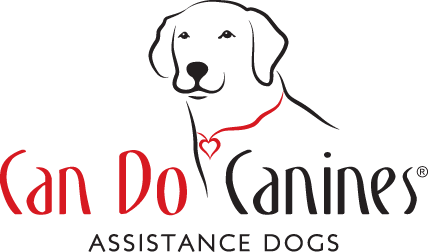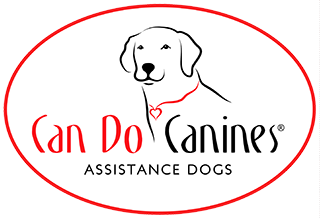Ear Cleaning
Description:
The first thing to do is to familiarize yourself with what the dog’s normal and healthy ears look and smell like in order to identify if they become abnormal. If the ear looks abnormal, you may need to do a gentle clean or flush depending on the severity. You will want to start handling the dog’s ears at an early age to build cooperative care.
Frequency:
- Check ears daily for debris or redness.
- Clean as needed.
Supplies:
- Ear Cleaner (Douxo Micellar, MalAcetic Otic, or Vetoquinol Vet Solutions from chewy.com or pet stores)
- Cotton Balls only; never use Q-Tips
- Treats
Guidelines:
- Get the dog into a calm and comfortable position.
- Begin by touching the ear and reward with a treat.
- Flip the dog’s ear over so you can see their ear canal.
To gently clean ears:
- Soak a cotton ball with a cleanser.
- Place the cotton ball in the ear canal and close the ear flap.
- Reward with a treat.
- Using the palm of your hand, place it on the outside of the flap and your thumb on the front top side of the ear. You will use your fingers to lightly grab the back of the ear. Use light pressure to gently squeeze and massage the ear to loosen debris for about 20-30 seconds.
- Open the ear flap and remove the cotton ball.
- Reward with a treat.
- Using another cotton ball, lightly wipe the area to rid of any extra debris working in and around the ear crevices.
- Use a washcloth to dry the surrounding fur around the ear.
- Repeat if needed in the other ear.
To flush the ears:
- Open the nozzle of the ear-cleaning bottle.
- Put the nozzle directly into the ear canal. Fill the ear with about a tablespoon of fluid and close the ear flap.
- Reward with a treat.
- Using the palm of your hand, place it on the outside of the flap and your thumb on the front top side of the ear. You will use your fingers to lightly grab the back of the ear. Use light pressure to gently squeeze and massage the ear to loosen debris for about 30-40 seconds.
- Release the ear and let the dog shake their head.
- Reward with a treat.
- Take a cotton ball and clean extra debris out, working in and around the ear crevices.
- Use a washcloth to dry the surrounding fur around the ear.
- Repeat if needed.
Non-Shedding Breeds (Poodles, Doodles, etc.) Only:
- You will need to trim their ear hair back to adequately clean the ears and allow airflow.
- Do not pluck hair from the ears.
Helpful Tips and Tricks:
- Putting the dog between your legs can give you a better angle to work with.
- Use a positive, happy voice to give the dog encouragement. “Good dog!”
- You may need to utilize an additional person to keep the dog still.
- Practice makes perfect. Practice getting the dog used to their ears being touched.
Note: Puppy Program volunteers should clean the dog's ears every other week. However, if a dog in your care gets a bath, goes swimming, or plays with the sprinkler, make sure to clean and dry the ears any time the dog gets their head wet. Moisture in the ears is what leads to trouble.

 David and Java Learn to Lean on Each Other
David and Java Learn to Lean on Each Other



